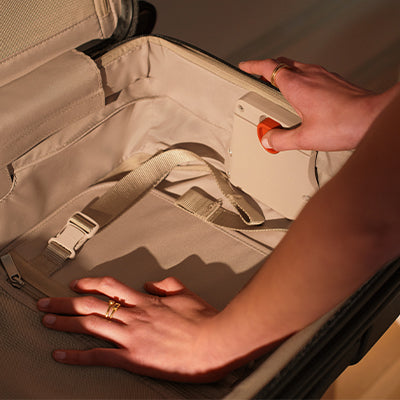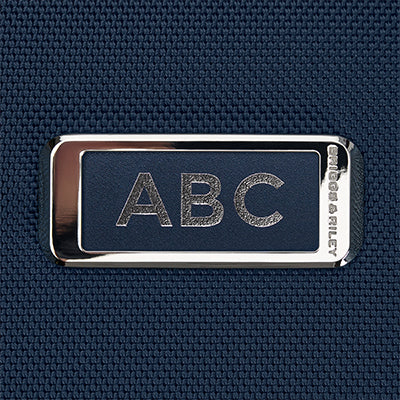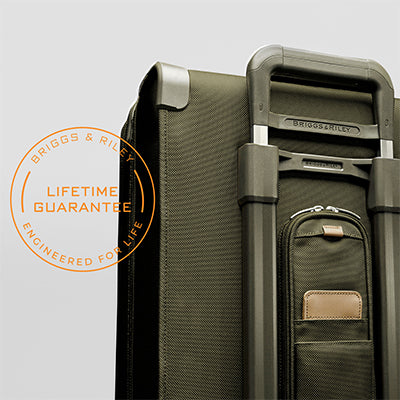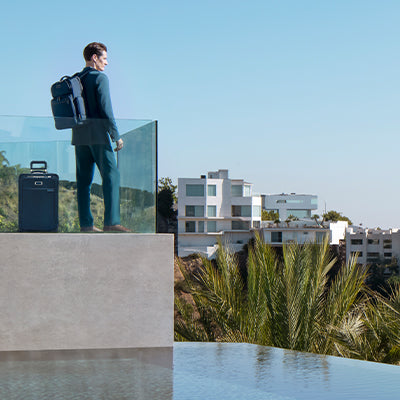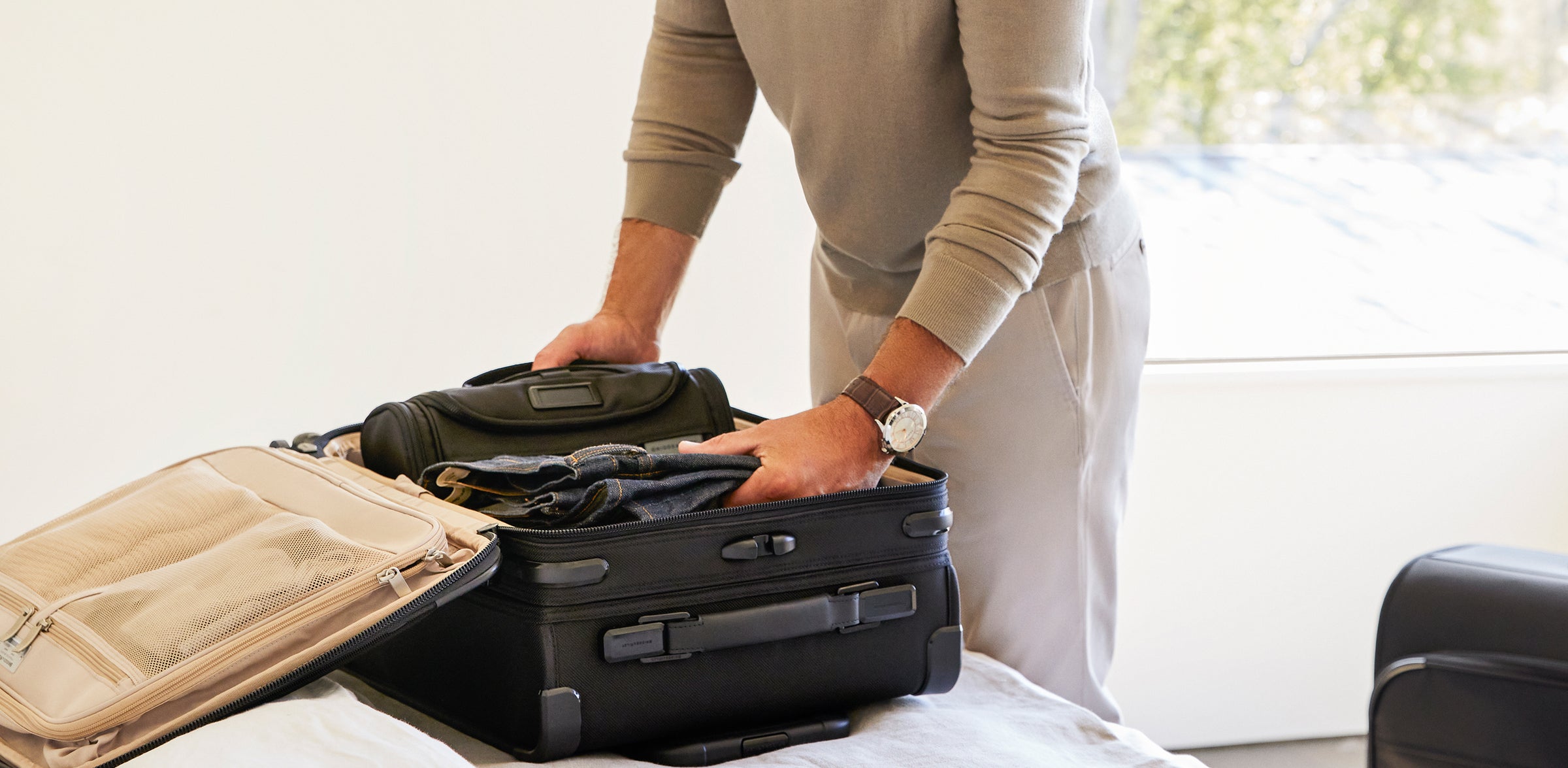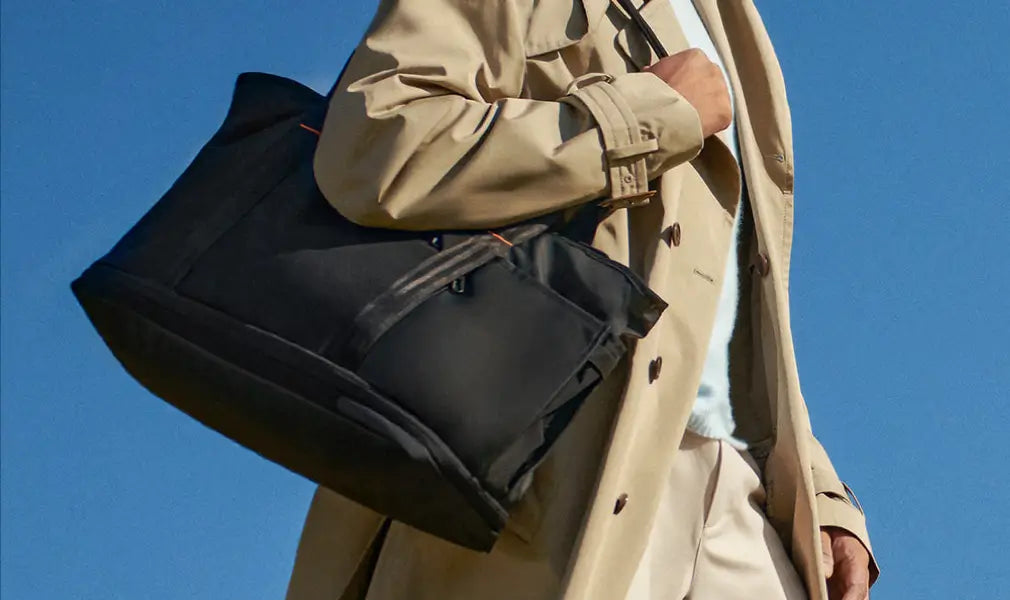How do Airtags work for luggage?
Wondering how Apple AirTags work for luggage? These small tracking devices can be
attached to personal items like wallets, bags, and keychains since they’re just a bit bigger than the size of a quarter. They’re connected to your Apple ID and allow you to locate your items if they ever get lost or misplaced.
You can track AirTags easily using the "Find My" app on an iPhone, iPad, or Mac – enabling you to keep track of your belongings when traveling and saving you from stressing about losing them.
Before purchasing an Apple AirTag, it's important to know the device only works with
iPhones and other Apple products. If you have an Android-based mobile phone, you'll
need to purchase a non-iPhone tracker like Tile.
How to Set up an AirTag in Luggage
To use AirTags for luggage, you’ll first need to enable your phone's Bluetooth. It’s
beneficial to have "precise location" turned on in your settings, especially if you're trying to track the AirTag to a location near you.
To connect your AirTag to your iPhone, remove the silver disc from the sleeve it came in, remove the plastic insert, and place it next to your phone. The phone will pair with the AirTag without any action required.
Once paired, the phone will request you share your location and prompt you to create a name and icon for your AirTag. If you have more than one AirTag, choose different names so you can remember which bag is which. After naming your AirTag, you’ll see a screen that displays tracking options.
After you’ve finished setting up your AirTag, place it safely inside your luggage. While you can attach it to the outside of your bag with a keychain or luggage tag accessory, it will be more secure if placed inside your bag. You may lose some Bluetooth range when it’s inside a bag, but it’s better than the risk of losing the AirTag completely that comes when it’s attached to the outside of your bag.

